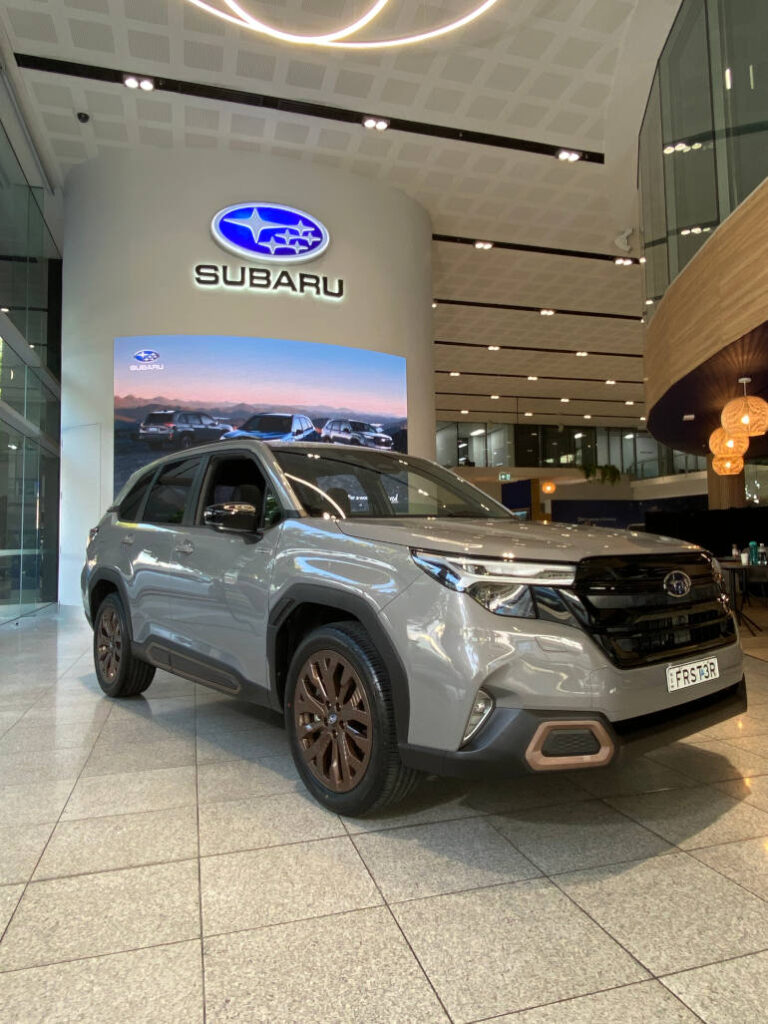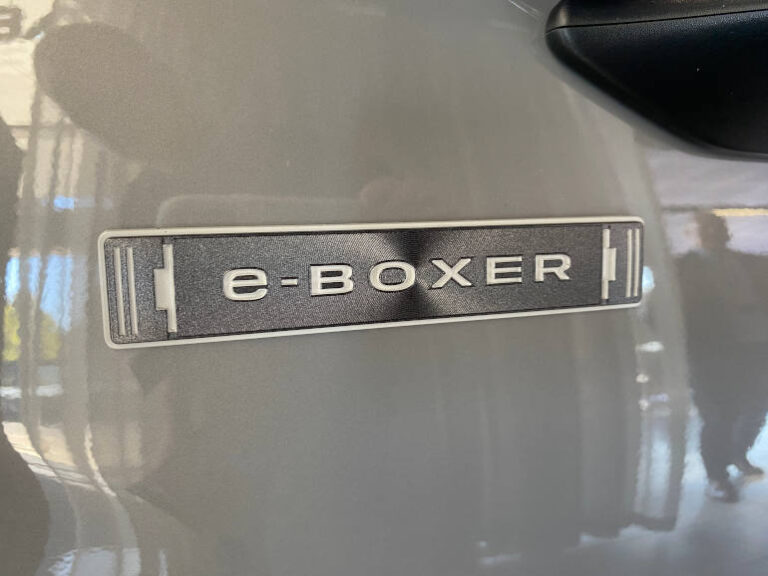Some fleets have adopted the current Subaru mild-hybrid Forester as a way to meet internal sustainability targets or tick a box on environmental reporting. These purchases have often been driven more by policy than performance, with organisations seeking to show progress on emissions reduction without fully committing to battery electric vehicles.
The reality, however, is that the current hybrid system—while technically a hybrid—delivers only modest real-world gains. It pairs a 2.0-litre petrol boxer engine with a small electric motor and battery, providing limited assistance during low-speed driving and regenerative braking. It cannot drive on electric power alone, and for many fleet buyers, the minimal improvement in fuel efficiency hasn’t justified the higher price tag compared to non-hybrid variants.
Independent testing by the Australian Automobile Association (AAA) has been critical of the mild-hybrid’s fuel economy claims, which has made some procurement teams cautious about expanding their hybrid portfolios. Still, for some government departments and large corporates under pressure to meet ESG requirements, the mild-hybrid Forester has offered a pathway to start the transition without disrupting vehicle availability or infrastructure.
That’s why the new-generation hybrid system coming to the Forester in mid-2025 represents such a turning point. It’s no longer about ticking a box—it’s about delivering genuine improvements in efficiency and performance. Subaru has confirmed that the new hybrid will allow for electric-only driving in some conditions, deliver better range, and integrate seamlessly with Subaru’s all-wheel-drive capability.
As Scott Lawrence, General Manager of Subaru Australia, put it: “The next-gen hybrid is a significant step up from what we have in the current generation Forester.” For fleet managers, that step up may be what’s needed to move from symbolic sustainability to measurable outcomes.







